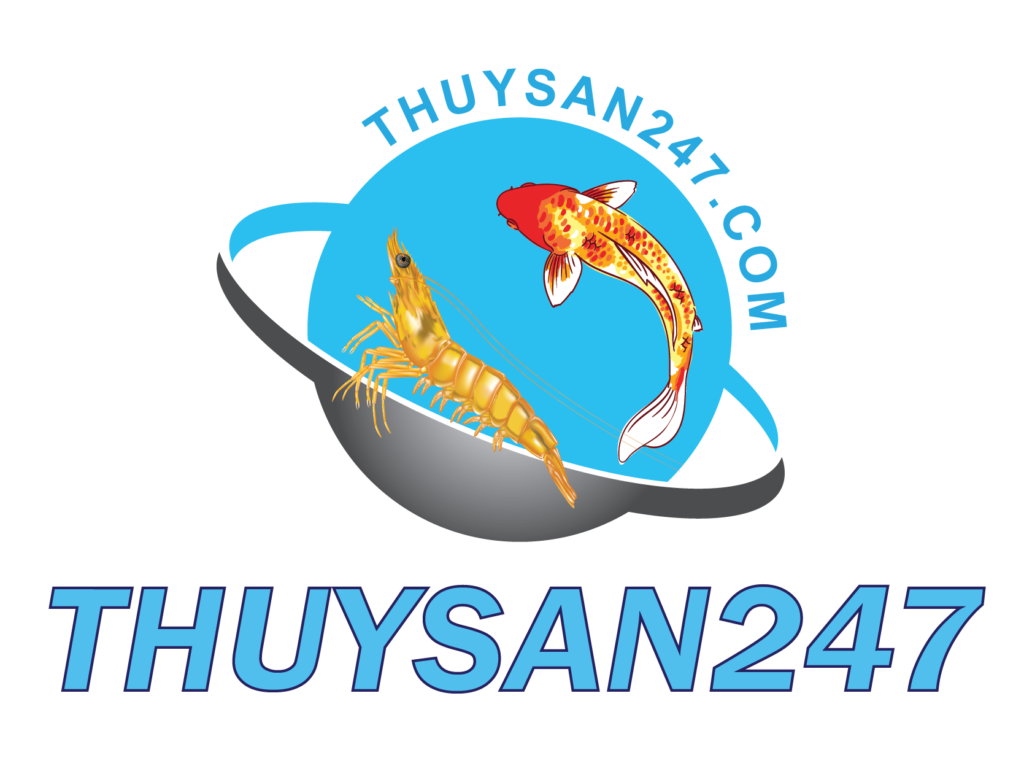The Mekong Delta region is one of the largest and most fertile deltas in Southeast Asia and the world. It is also the largest producer and exporter of food, seafood and fruits.
The Mekong Delta is one of the largest and most fertile deltas in Southeast Asia and the world, with many potentials and advantages for development.
Over the years, the Party and State have promulgated many specific guidelines, policies, solutions, programs and projects in order to promote the potentials, advantages, and create motivation to bring about regional development.
This is also an area with a glorious revolutionary tradition of the "Dong Khoi" movement with the “iron” heroic spirit.
In order to create a breakthrough and promote socio-economic development of the whole region, the Politburo issued Resolution No. 13/Central Resolution, session XIII on the direction of socioeconomic development, national defense and security of the Mekong Delta to 2030, with a vision to 2045.
Assessing that the Mekong Delta is rich in potentials and advantages but still developing slowly, Party General Secretary Nguyen Phu Trong affirmed that the effective research, issuance and implementation of Resolution No. 13/Central Resolution will contribute to the region's "stand up" and "rise" to become stronger in the coming time together with the whole country.
Transformation
At the Conference on the thoroughly implemention of Resolution No. 13/Central Resolution of the
Politburo on the direction of socio-economic development, national defense and security in the Mekong Delta until 2030, with a vision to 2045, General Secretary Nguyen Phu Trong emphasized the advantages of the Mekong Delta region. It is the southernmost region of the country - an area with a particularly important strategic position, adjacent to Ho Chi Minh City and the Southeast region; It borders Cambodia to the north, the Gulf of Thailand to the southwest, and the South China Sea to the southeast. Therefore, its geopolitics, geoeconomics and geo-military positions are very important for the whole country.
The region is adjacent to the East-West maritime route, with important international air and maritime traffic, connecting South and East Asia as well as with Australia and other archipelagos in the Pacific Ocean, with a length of more than 700 km of coastline, accounting for 23% of the country's coastlines, about 360,000 km2 of sea areas and continental shelves, exclusive economic zones.
Tho Chu, Nam Du and Phu Quoc are very important island chains that control the Pacific sea route through the East Sea which connects with the Indian Ocean.
It is one of the largest and most fertile plains in Southeast Asia and in the world. It is also the largest producer and exporter of food, seafood and fruits in the country.
An area with a system of interlaced rivers, canals and many large gardens and forests, alongside 4 biosphere reserves, national parks, and nature reserves recognized as the Ramsar site of the world
(wetlands of world importance, which fully meet the conditions and criteria specified in the Convention, signed in 1971 in Ramsar city-Iran), including: Tram Chim National Park – Dong Thap; Ca Mau Cape National Park; U Minh Thuong National Park - Kien Giang and Sen Village - Long An). At the same time, the region also has a lot of potential in oil and gas and renewable energy.
With the prioritization of resources and efforts of 13 provinces and cities in the Mekong Delta, the region's socio-economic status has changed dramatically.
Currently, the region contributes about 50% of rice production, 95% of rice exports, nearly 65% of water production, 60% of fish exports and nearly 70% of fruits of the whole country.
The information interface infrastructure system has clearly changed with the national highway system of about 2,688km long, an increase of 52% compared to 2002.
The expressways from Ho Chi Minh City to Can Tho, which are planned for 4 lanes; National Highway 1 from Ho Chi Minh City-Can Tho-Ca Mau; and The East Coast line connecting the Southeast provinces from Ho Chi Minh City to Ca Mau… is gradually being completed.
Many new wharves and harbors have been newly invested in and constructed. Industrial areas and industrial clusters have attracted investments from the localities in the region. Power centers continue to be enlarged and upgraded. Commercial infrastructure, content is gradually expanded.
The obvious change that has the greatest impact on people's lives in the region is the process of restructuring agricultural production in the direction of favoritism and commodities.
According to a report by the Ministry of Agriculture and Rural Development, in 2021, the added value of the total agricultural product of the Mekong River Delta increased by 1.6%, accounting for 32.2% of the added value of the total product. in the whole region and accounted for 31.3% of the added value of the total agricultural product of the whole country.
The Mekong Delta leads the country in production of rice, brackish shrimps, pangasia and fruits, with 24.5 million tons of paddy, accounting for 55.4% of the country; 0.78 million tons of shrimp, accounting for 83.5%; 1.47 million tons of pangasius, accounting for 98% and 4.3 million tons of fruit, accounting for 60%.

Along with that, rural development and new rural construction have been emphasized and achieved many high results; rural people's living standards have been improved, living conditions have advanced significantly.
Minister of Agriculture and Rural Development Le Minh Hoan expressed that in just a few more years, when the system of transportation, urban, irrigation, disaster prevention and agricultural and rural logistics is completed, the Mekong Delta will be very different. Certainly, the flow of agricultural products to the market will be faster, costs will be lower, and commodity competitiveness will be higher.
Businesses, investors, especially in the fields of agriculture, rural areas, high-tech agriculture, deep processing, energy industry, experience tourism in the footsteps of settlers, etc. will come to this region more and more.
Looking in one direction
However, Minister Le Minh Hoan noted that the agricultural products produced by peasants in the Mekong Delta are only "products" in the fields, gardens, ponds and have not yet created value.
Only when products reach the market smoothly, by meeting market standards with competitive prices and optimal production costs, would peasants become well off.
To achieve this, it is necessary to have coordination along the chain of goods, linking regions and sub-regions between localities at the beginning of the season, not just focusing on handling when agricultural products are redundancy after harvest.
According to Minister Le Minh Hoan, the connection and cooperation both create common values and stimulate as well as promote the dynamism and creativity of each locality, which would gradually expand the space beyond the regional boundaries.
Limiting the linkage in the agricultural sector is also a problem with other areas of the Mekong Delta such as the transport system, logistics ...
Ms. Ngo Tuong Vy, Deputy Director of Chanh Thu Fruit Import and Export Limited Liability Company, shared that the biggest "bottleneck" of agricultural products in the Mekong Delta is the weak post-harvest preservation technology. Therefore, if the technology is preserved and transported by sea, the cost of exporting agricultural products would be reduced by more than 15 times compared to the current air route.
“Therefore, the Mekong Delta region is required to be taken care of in infrastructure development such as investment in traffic routes linking provinces and cities and a number of national highways in the region. From there, businesses would have easier and more extensive access to the material areas of peasants here,” said Ms. Ngo Tuong Vy.
At the Conference on grasping and implementing Resolution No. 13/Central Resolution, General Secretary Nguyen Phu Trong assessed that the region's socio-economic situation still has limitations, inadequacies, many difficulties and challenges. The development is not commensurate with inherent potentials and advantages.
Currently, the region is and will face many new difficulties and challenges, especially the effects of climate change, sea level rise and risks from cooperation in management, exploitation and use of Mekong water resources.
These challenges further require enhanced inter-regional connectivity and rapid promulgation of regional planning.
According to Resolution 13, one of the tasks and solutions for socio-economic development in the Mekong Delta is to perfect development institutions and policies and promote regional linkages; on rapid and sustainable economic development of the region.
Specifically, General Secretary Nguyen Phu Trong requested that regional linkage must become the main thinking guiding the development of the whole region and each locality in the region.
The General Secretary assigned the Government and central agencies to strengthen coordination with localities in the region to urgently build, perfect, promulgate and implement priority laws and policies with special characteristics for the development of the region.
The General Secretary also requested the central agencies to elaborate and properly organize the regional development planning for the period of 2021-2030, with a vision to 2045 in a green, sustainable and comprehensive direction; consistent with the national comprehensive plan, ensuring
integration and multi-sector; linking agricultural development with industrial and service development; between urban development and new rural construction, between economic development and natural resource management and environmental protection; as well as response to natural disasters and adaptation to climate change, sea level rise, saline intrusion. Regional planning must ensure the formation of regional industry and product value chains.
Speaking at the conclusion of the conference "Promoting sustainable agricultural development in the Mekong Delta" recently, Prime Minister Pham Minh Chinh also affirmed that the Mekong Delta must be properly planned because a good plan will create good projects. Good projects would attract good investors and there would be better products.
Deputy Minister of Planning and Investment Tran Duy Dong recognized that regional linkage and regional planning are very important for localities. If this issue is done well, it will take advantage of the potentials and available advantages of localities and limit the harming impacts of local motivations together.
According to an independent expert on ecology of the Mekong Delta, Nguyen Huu Thien, although facing many difficulties and challenges under great impacts of nature, if the region knows how to skillfully overcome it, the Mekong River Delta is fully capable of becoming prosperous and being a model for other deltas in the world, confidently building the brand name of the Mekong Delta.
Thu Hanh (TTXVN/Vietnam+)
 English
English
 Vietnamese
Vietnamese








